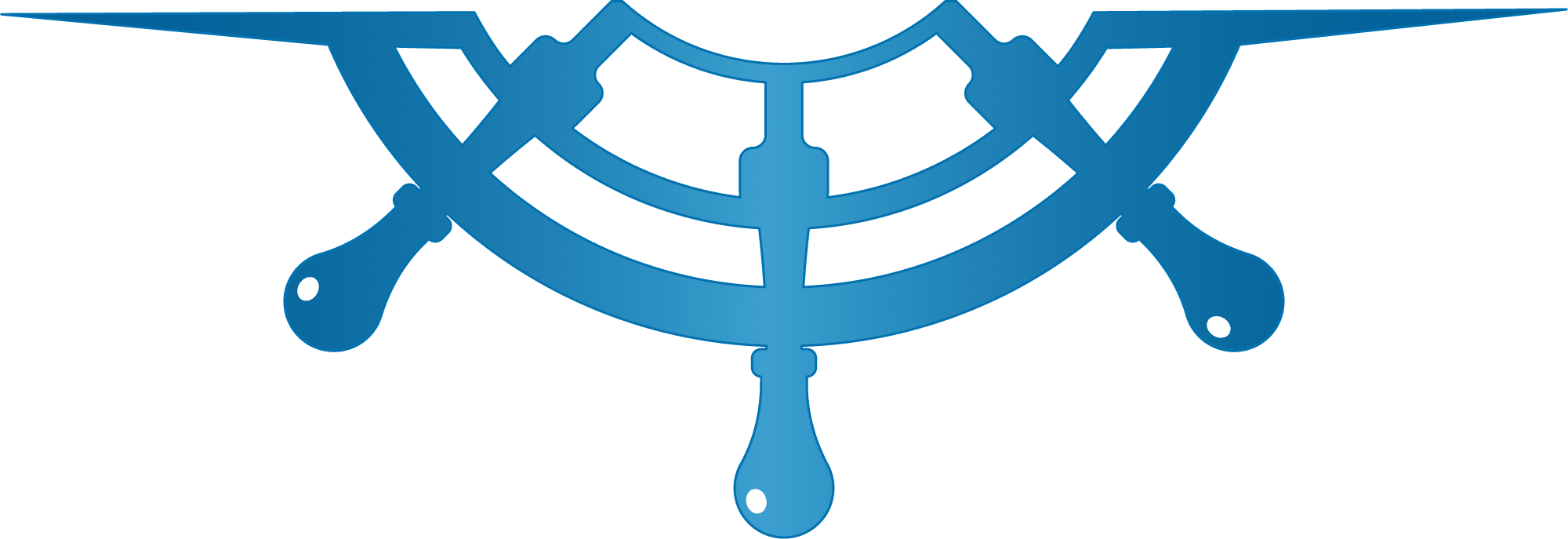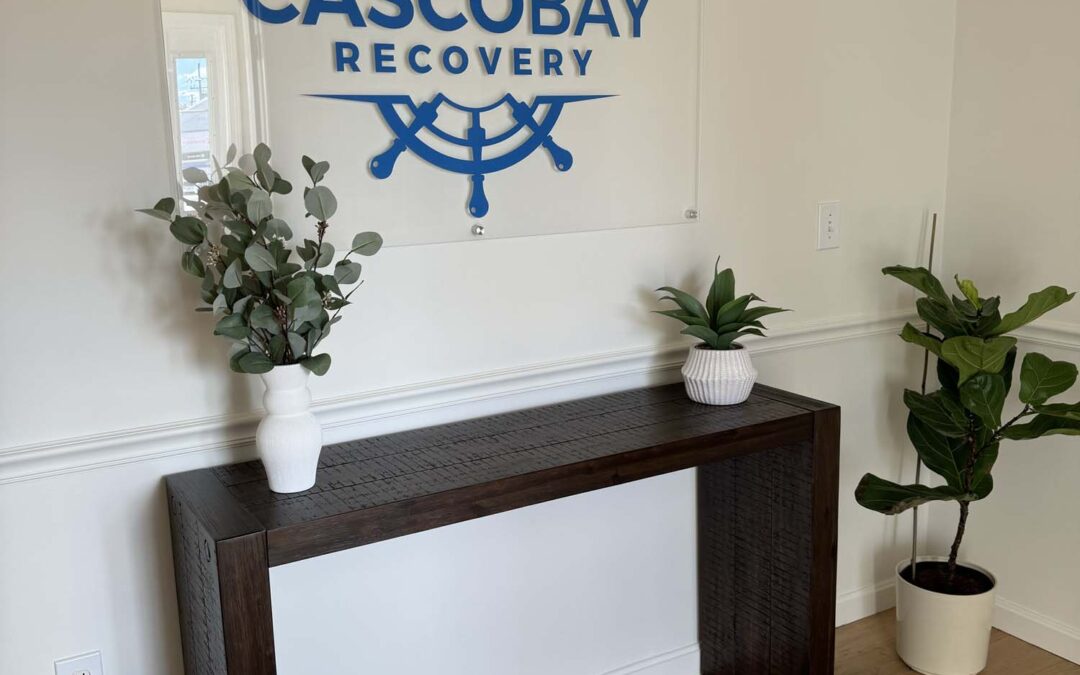Understanding the Signs of Drug Use
Recognizing the signs someone is on drugs can be crucial in addressing potential substance abuse issues. Early detection not only aids in understanding the challenges faced by the individual but also opens avenues for timely intervention. Whether you are noticing signs of being high or identifying signs of alcohol abuse, being informed about these indicators can make a significant difference.
Key Signs to Look Out For
Here are some key signs to look out for when trying to determine if someone is using drugs:
- Physical signs: Bloodshot eyes, unusual smells, and changes in appearance.
- Behavioral shifts: Changes in social circles and financial issues.
- Psychological indicators: Mood swings and anxiety.
Understanding how to tell if someone is on drugs involves observing these patterns closely. The key takeaway here is that early intervention can significantly impact someone’s recovery journey, offering them a better chance at overcoming addiction. It’s essential to remember that recognizing these signs is not about judgment but providing support and assistance when needed.
1. Physical Changes
Recognizing physical warning signs can be crucial in identifying drug use. Certain changes in appearance may serve as red flags:
- Bloodshot or Glassy Eyes: Often indicative of drug use, these can result from substances like marijuana or alcohol, affecting the eyes’ appearance.
- Unusual Pupil Size: Drugs such as opioids may cause constricted pupils, while stimulants like cocaine may lead to dilated pupils.
- Neglecting Personal Hygiene and Appearance: A noticeable decline in grooming habits might suggest a shift in priorities, often seen in individuals using drugs regularly.
- Unusual Smells on Clothing or Body: Persistent odors that are not typical for the individual, such as the smell of smoke or chemicals, can also signal substance use.
These alterations in appearance are more than superficial changes; they reflect potential underlying issues requiring attention. Understanding these signs is vital for early intervention and supporting recovery journeys.
2. Behavioral Shifts
Recognizing behavioral signs of drug abuse can be crucial in identifying someone who might be struggling. Often, these shifts show up as:
- Sudden changes in social circles and friendships: You may notice an individual distancing themselves from long-time friends and family, opting instead for relationships with new, often secretive acquaintances. This shift can indicate that they are aligning themselves with others who share or enable their habits.
- Decreased performance at work or school: Keep an eye out for declining grades, missed deadlines, or a lack of interest in tasks that were once important. Such changes may point towards an underlying issue impacting their ability to focus and perform.
- Increased borrowing of money or unexplained financial issues: An unusual pattern of requesting loans from friends and family, coupled with missing valuables, might suggest they are funding a habit. This behavior often accompanies the secretive nature of substance use.
These behavioral changes are crucial indicators that should prompt concern and perhaps intervention. They suggest deeper issues than mere lifestyle adjustments and underscore the need for awareness and understanding.
3. Psychological Indicators
Recognizing psychological warning signs can be crucial in identifying drug use. Mood swings and irritability often serve as red flags, with individuals exhibiting rapid shifts in emotions that are out of character. These mood fluctuations may appear without apparent cause, indicating potential substance influence.
- Increased anxiety and paranoia might also become apparent. Those using drugs may show heightened levels of worry or fear, sometimes perceiving threats that are non-existent. This can manifest in behaviors such as constant checking, restlessness, or avoiding certain situations.
- A general change in personality or attitude can be significant. You might notice a person who was once outgoing becoming withdrawn, or someone who was typically calm becoming aggressive. These changes often reflect the profound impact substances have on mental health and behavior.
These psychological indicators provide insight into the emotional turmoil that drug use can cause, offering clues that someone may need help.
4. Social Withdrawal
Social withdrawal from friends and family is a prominent sign of potential drug use. This behavior often emerges as individuals become more consumed by their substance use, leading to a decline in social interactions with loved ones. Isolation can manifest in various ways, such as avoiding family gatherings, neglecting friendships, or disengaging from social commitments.
The impact of opioid withdrawal symptoms and other substances like Percocet and hydrocodone can worsen this tendency to withdraw. Those experiencing symptoms of opiate withdrawal, including intense cravings and physical discomfort, may feel compelled to retreat from social situations to cope privately.
This withdrawal not only affects personal relationships but also signals a critical need for intervention. Recognizing the signs of opiate withdrawal—such as irritability, anxiety, and depression—can help identify when a loved one might be struggling. Early detection allows for timely support and guidance towards recovery, emphasizing the importance of understanding these behavioral changes.
5. Evidence of Substance Use
Recognizing evidence of drug use can be a crucial step in understanding someone’s struggle with addiction. One of the most concrete signs is the discovery of common paraphernalia associated with substance use. These items are often hidden but might be found in unexpected places around the house or on the person themselves.
1. Pipes and Bongs
Often used for smoking substances like cannabis or methamphetamine, these items may appear well-used and might have a distinct odor.
2. Needles and Syringes
Indicative of intravenous drug use, these can signify heroin or other opioid consumption. Finding needles is a serious indicator and should prompt immediate concern. However, it’s important to note that methadone can also be associated with needle use, as it is sometimes administered in this way during treatment for opioid use disorder. This medication, despite its association with drug use, can actually be a valuable tool in managing addiction when used correctly.
3. Rolling Papers
Often associated with tobacco or marijuana use, rolling papers can be found tucked away in personal belongings. They might seem innocuous at first glance but can be an important clue.
These items serve as physical evidence that someone might be engaging in drug use, providing crucial insight into their habits and the potential need for intervention or support.
6. Changes in Daily Routines
Detecting changes in routine due to drug use is crucial, as these shifts often indicate underlying issues. Skipping classes or work frequently is a common red flag. This behavior might stem from the effects of substance use, such as impaired cognitive function or lack of motivation. Frequent absences can lead to academic or professional decline, raising concerns among teachers, employers, and peers.
Here are some other signs to look out for:
- Irregular sleep patterns: Substance use can disrupt normal sleep cycles, leading to insomnia or excessive sleeping during unusual hours.
- Neglect of responsibilities: Missed deadlines or forgotten commitments at work or school could reflect a preoccupation with obtaining and using drugs.
- Altered eating habits: Sudden changes in appetite, either increased or decreased, are often observed among individuals using certain substances.
Monitoring these signs can help identify potential drug use early on, facilitating timely intervention and support for those affected. The recognition of these patterns plays a vital role in addressing the issue effectively.
7. Specific Signs for Different Substances
Different drugs often produce distinct physical and behavioral signs that can be critical in identifying substance use.
Stimulants
Stimulants, such as cocaine or methamphetamine, typically lead to noticeable increases in energy levels and rapid, pressured speech patterns. Individuals using these substances may appear unusually animated and talkative, exhibiting a heightened sense of alertness.
Opioids
In contrast, opioids manifest differently. Opioid withdrawal symptoms are particularly telling, including intense cravings, nausea, muscle aches, and irritability. Users may also experience sweating and yawning excessively when not using the drug. This withdrawal phase can be highly uncomfortable and distressing.
Recognizing these specific signs is crucial for timely intervention and support. Understanding how various substances affect the body and behavior enables you to better identify potential issues related to drug use. Such awareness is a vital step toward helping those who may be struggling with addiction find the assistance they need.
When to Seek Help for Substance Abuse Issues
Recognizing the signs someone is on drugs is a critical step towards providing timely support. Acknowledging the need for help can be challenging, but it marks the beginning of a positive change.
Treatment options available for addiction recovery vary widely, catering to different needs and circumstances:
- Inpatient Rehabilitation: Offers intensive care and supervision, ideal for severe cases.
- Outpatient Programs: Provide flexibility, allowing individuals to continue with daily activities while receiving treatment.
- Therapy and Counseling: Essential for addressing underlying psychological issues, such as Adderall addiction symptoms.
- Support Groups: Encourage community support, fostering a sense of belonging and shared experiences.
For those struggling with prescription drug addiction, understanding the transition from prescription to addiction is crucial. Seeking professional help when noticing these signs can lead to effective recovery. Early intervention remains crucial, making it easier to address substance abuse issues before they escalate.
If you or someone you know is in need of assistance, consider reaching out to Casco Bay Recovery, a facility that offers comprehensive addiction treatment programs in Portland, Maine. Their client-centered approach ensures that each individual’s unique needs are met during their recovery journey. Don’t hesitate to contact them for more information about their services and how they can help.







